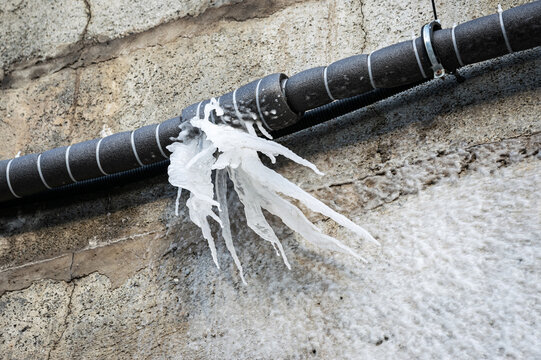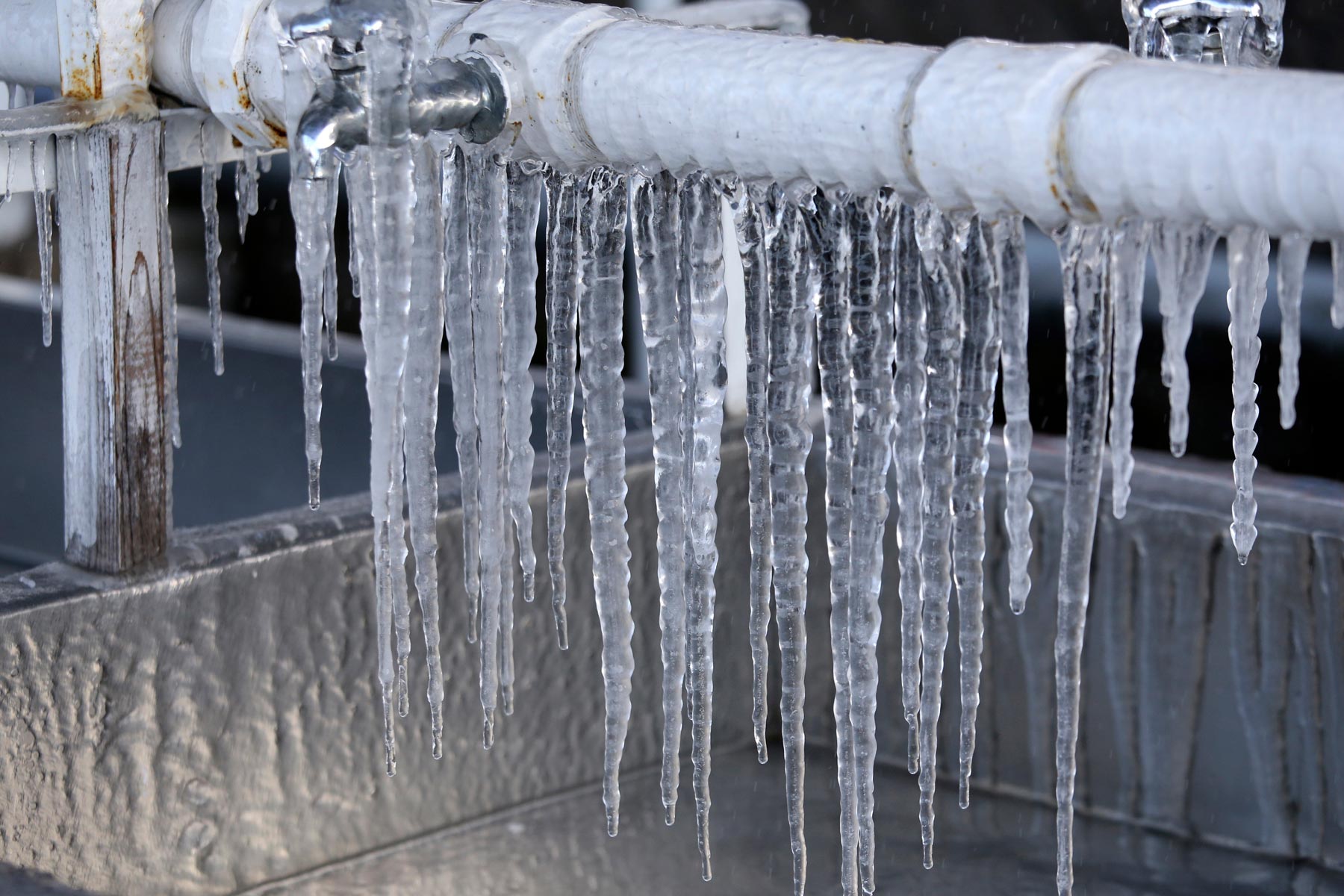Tips to Defend Plumbing System from Freezing: Key Advice
Tips to Defend Plumbing System from Freezing: Key Advice
Blog Article
We've uncovered this post relating to Winter Plumbing Precautions: Preventing Frozen Pipes down the page on the net and believe it made sense to talk about it with you on this page.

Winter can damage your pipes, especially by freezing pipes. Here's just how to avoid it from happening and what to do if it does.
Introduction
As temperature levels decline, the risk of icy pipes increases, possibly resulting in expensive repair work and water damage. Understanding just how to prevent icy pipelines is crucial for property owners in chilly environments.
Comprehending Frozen Pipelines
What triggers pipelines to freeze?
Pipelines ice up when exposed to temperature levels below 32 ° F (0 ° C) for extended durations. As water inside the pipes freezes, it increases, putting pressure on the pipeline walls and potentially causing them to rupture.
Risks and damages
Frozen pipelines can bring about supply of water disturbances, residential property damages, and expensive repairs. Ruptured pipelines can flooding homes and create substantial architectural damage.
Indicators of Frozen Pipeline
Recognizing frozen pipelines early can prevent them from bursting.
Just how to recognize frozen pipes
Search for reduced water circulation from faucets, unusual odors or sounds from pipes, and visible frost on subjected pipes.
Avoidance Tips
Protecting vulnerable pipes
Wrap pipes in insulation sleeves or make use of warm tape to secure them from freezing temperatures. Concentrate on pipelines in unheated or exterior areas of the home.
Heating techniques
Keep interior areas sufficiently heated up, particularly areas with pipes. Open closet doors to permit warm air to distribute around pipes under sinks.
Safeguarding Exterior Plumbing
Yard hose pipes and outside faucets
Disconnect and drain pipes yard tubes before winter months. Mount frost-proof spigots or cover exterior taps with insulated caps.
What to Do If Your Pipelines Freeze
Immediate actions to take
If you think icy pipes, keep faucets open up to alleviate stress as the ice thaws. Utilize a hairdryer or towels taken in hot water to thaw pipes slowly.
Long-Term Solutions
Structural modifications
Take into consideration rerouting pipes away from outside walls or unheated areas. Add extra insulation to attic rooms, basements, and crawl spaces.
Upgrading insulation
Buy top quality insulation for pipelines, attics, and wall surfaces. Appropriate insulation helps keep consistent temperatures and minimizes the threat of frozen pipes.
Conclusion
Preventing icy pipelines calls for positive procedures and fast reactions. By comprehending the reasons, indications, and safety nets, home owners can safeguard their pipes throughout winter.
6 Proven Ways to Prevent Frozen Pipes and Protect Your Home
Disconnect and Drain Garden Hoses
Before winter arrives, start by disconnecting your garden hoses and draining any remaining water. Close the shut-off valves that supply outdoor hose bibs and leave the outdoor faucet open to allow any residual water to drain. For extra protection, consider using faucet covers throughout the colder months. It’s also important to drain water from any sprinkler supply lines following the manufacturer’s directions.
Insulate Exposed Pipes
Insulating your pipes is an effective way to prevent freezing. Pipe insulation is readily available at home improvement stores and is relatively inexpensive. Pay close attention to pipes in unheated areas such as the attic, basement, crawl spaces, or garage. Apply foam insulation generously to create a buffer against the cold. You can also wrap your pipes in heat tape or thermostat-controlled heat cables for added warmth.
Seal Air Leaks
Inspect your home for any cracks or openings that could let in cold air. Seal any holes around the piping in interior or exterior walls, as well as the sill plates where your home rests on its foundation. Additionally, make sure to keep your garage door closed unless you’re entering or exiting. Leaving it open creates a significant air leak that can lead to frozen pipes.
Allow Warm Air Circulation
During cold snaps, it’s essential to allow warm air to circulate evenly throughout your home. Leave interior doors ajar to promote better airflow. Open kitchen and bathroom cabinets to help distribute heat consistently around the rooms. If you have small children or pets, be sure to remove any household chemicals or potentially harmful cleaners from open cabinets for safety.
Let Faucets Drip
A small trickle of water can make a big difference in preventing ice formation inside your pipes. When temperatures drop significantly, start a drip of water from all faucets served by exposed pipes. This continuous flow helps prevent the water from freezing. Additionally, running a few faucets slightly can relieve pressure inside the pipes, reducing the chances of a rupture if the water inside does freeze.
https://choateshvac.com/6-proven-ways-to-prevent-frozen-pipes-and-protect-your-home/

Hopefully you enjoyed our part on Winter Plumbing Precautions: Preventing Frozen Pipes. Thanks a lot for spending some time to read our piece. Sharing is nice. Helping people is fun. Thanks for your time invested reading it.
More Details Report this page